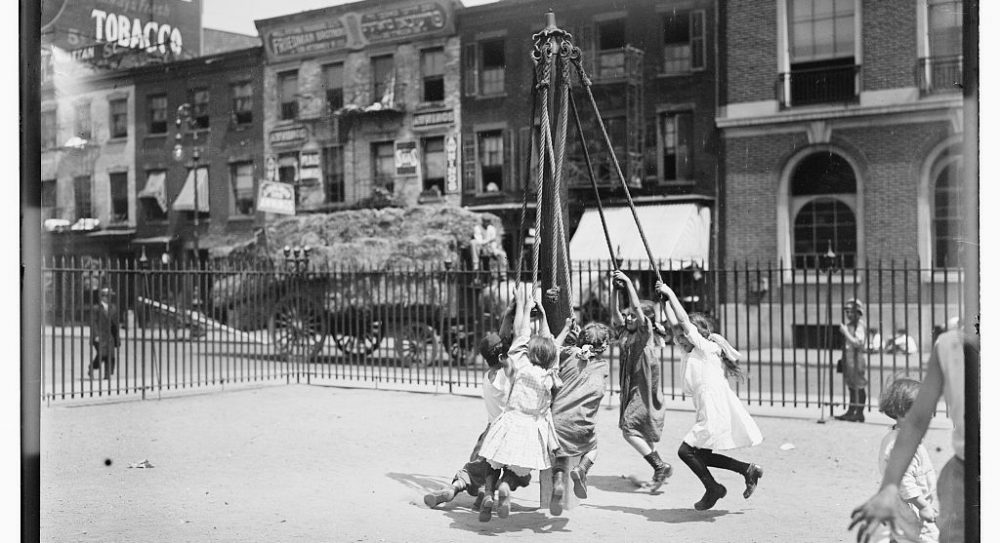Recess is nearly ubiquitous in schools across the United States today. Many scholars have written on the topic of recess and focus on health benefits of recess and play, social inequalities and bullying on the school yard, and how recess should be managed to best maintain order. Lindsey Turner et. al. believes that recess is a “key aspect of a healthy elementary school environment” and that the practice of withholding recess or physical activity from students negatively impacted the health of those students (Turner et. al. 2013, 533). However, while recess and play are good for children’s health and cognitive abilities as Anthony Pellegrini (2005) explains, recess and play are also sites in which racial and gender inequality take place. Pellegrini (2005) himself goes into depth with his book Recess: Its Role in Education and Development, in which he explains that “children are also more likely to play with the opposite-sex peers at home and in their neighborhood relative to school, possibly due to there being less peer pressure to conform to segregation norms at home” (Pellegrini 2005, 57). Some of the segregation norms he details are drawn across characteristic differences in boys and girls. He writes “boys are more physically active and rough and enact more competitive roles than girls” (Pellegrini 2005, 57). In addition to the segregation the Pellegrini (2005) discusses, Elinor Kelly (1994) explains how recess is a time when bullying, racism, and sexism all take place. Kelly (1994) contends that while the common feeling towards recess involve thoughts of “fun, romping, teasing and intricate rituals of behaviour” recess also has associated “danger–the moments when play spills beyond the confines of fun into something more challenging, the growl which becomes a bite, the cuff which lands as a punch, the songs which sharpen to screams” (Kelly 1994, 63). Adults who manage recess times or design playgrounds understand this inherent dangers but also understand the necessity of allowing children to break away from the confines of the classroom learning. Adults managing recess therefore feel some anxiety around trying to balance the children’s freedom with the adult need to manage and control the children and the space of recess. Into that void of necessity steps Dori Novak’s (2000) book that is written as a “how-to” guide for elementary school teachers to conduct an “indoor” recess on days with bad whether. Novak’s (2000) book is interesting because of how she tries to engineer freedom into recess while helping the teacher maintain control of the space and the children.
The common thread between all of these sources and themes is that recess, play, and play-spaces are not free in the way that children might perceive them to be. Always adults are imposing values–both positive values like health and also negative values like racism and sexism–on children. The imposition of values on children occurs visually–adults literally watching children and policing them–and also through the material construction of play spaces which encourage certain types of behavior in children that is often unequal and damaging to certain minority groups and girls. Dialogues around recess as well as the purpose of recess have largely remained the same since the late 19th and early 20th centuries as we will discuss in other sections of this site.
